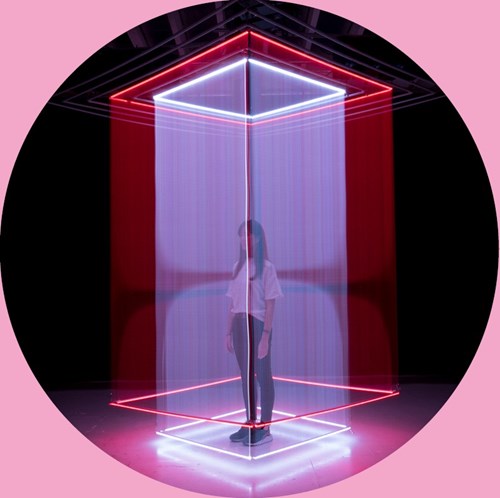
Material Innovations at CES 2024: Hardworking Transparencies
Published 23 January 2024
Discreet and invisible but ultra-hardworking technologies were major players at CES 2024 in Las Vegas (January 9-12), with various transparent high-performing material innovations on display. We highlight two pioneering examples that could help us create more ambient, optimised and energy-efficient environments.
Material Innovations at CES 2024: Hardworking Transparencies


Topics

Want to see the full report?
Offering access to over 350 consumer and cross-industry reports annually, Stylus Membership is your window to tomorrow’s most exciting opportunities.
We already arm more than 500 of the world’s most forward-thinking brands and agencies with the creative insights they need to make transformative business decisions.
We’d love to do the same for you.
Book a demo with us today to discover more.
More Reports From Stylus
More Reports From Stylus
CMF Industry View: Automotive 26/27
An elevated driver experience is central to many of the latest and upcoming launches within automotive, with brands prioritising comfort, customisation, joy, and tactile, emotional engagement. We highlight the key colour, material and finish (CMF) developments and innovations that will define the sector in the years to...











